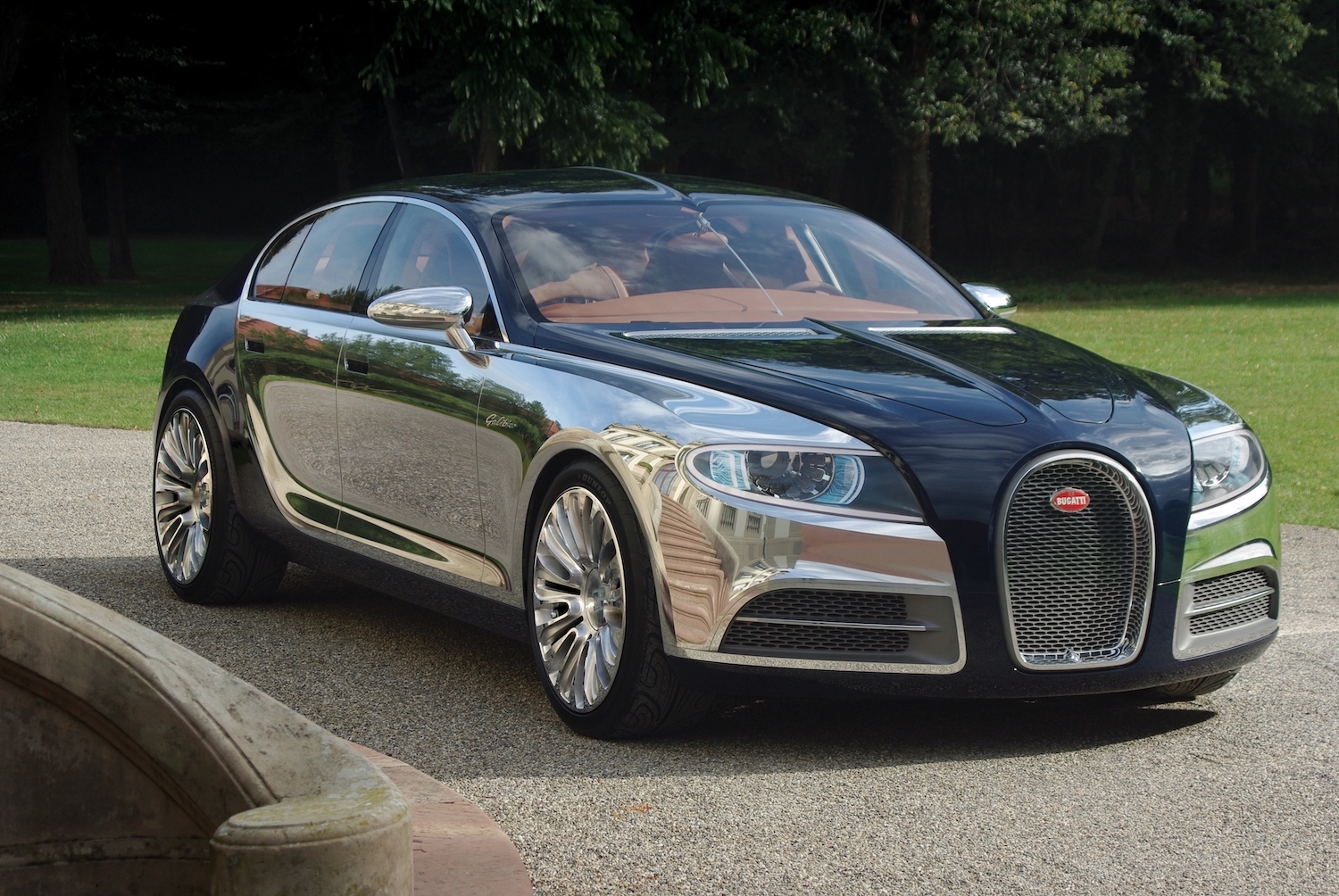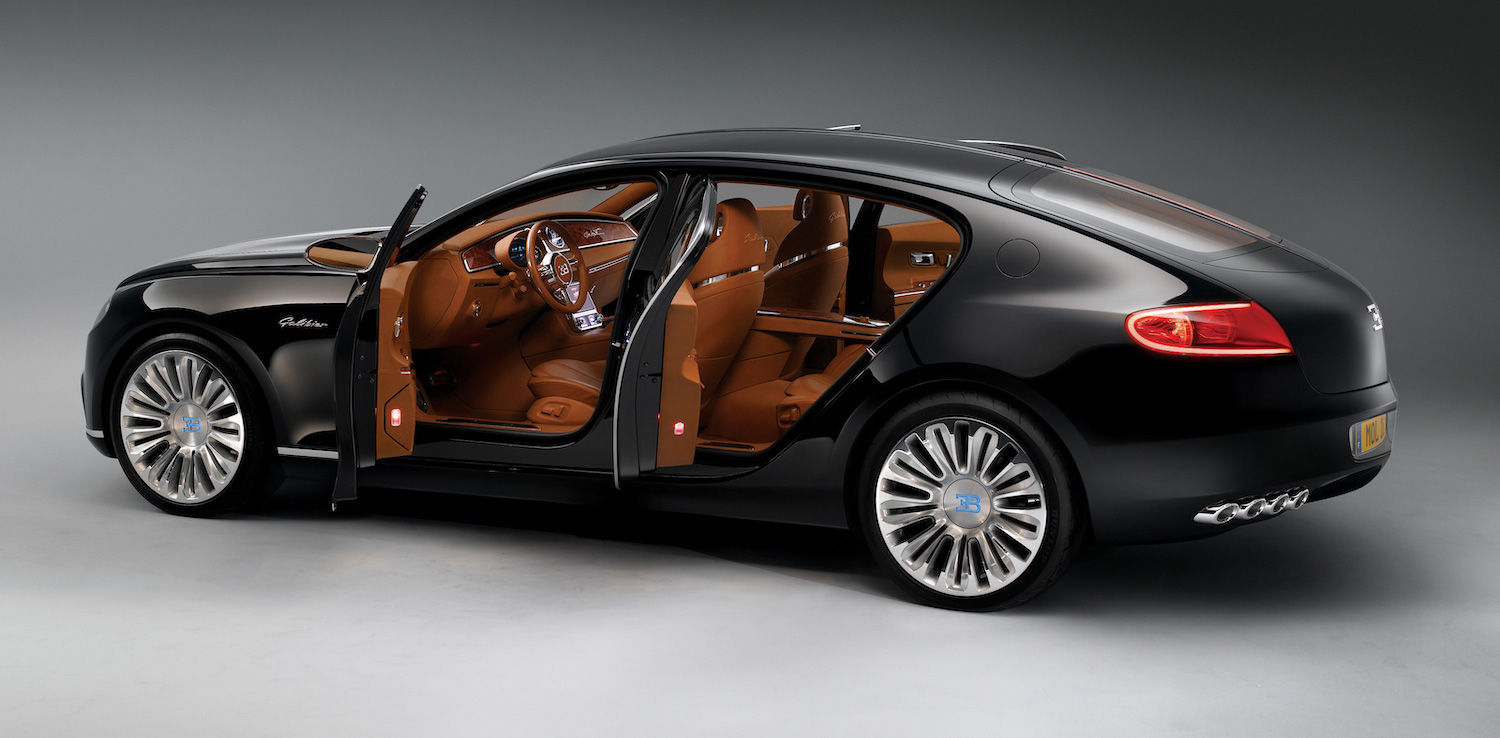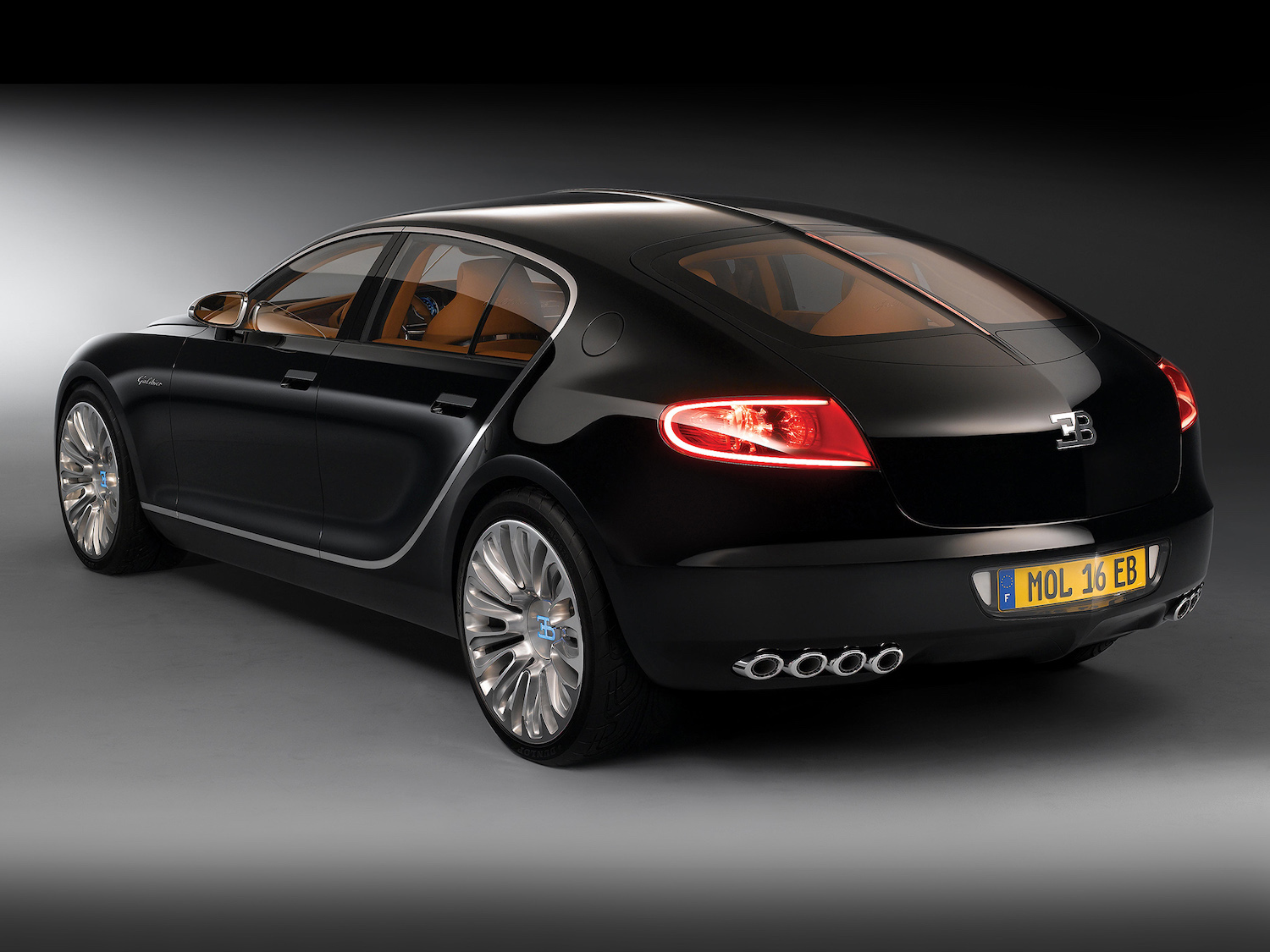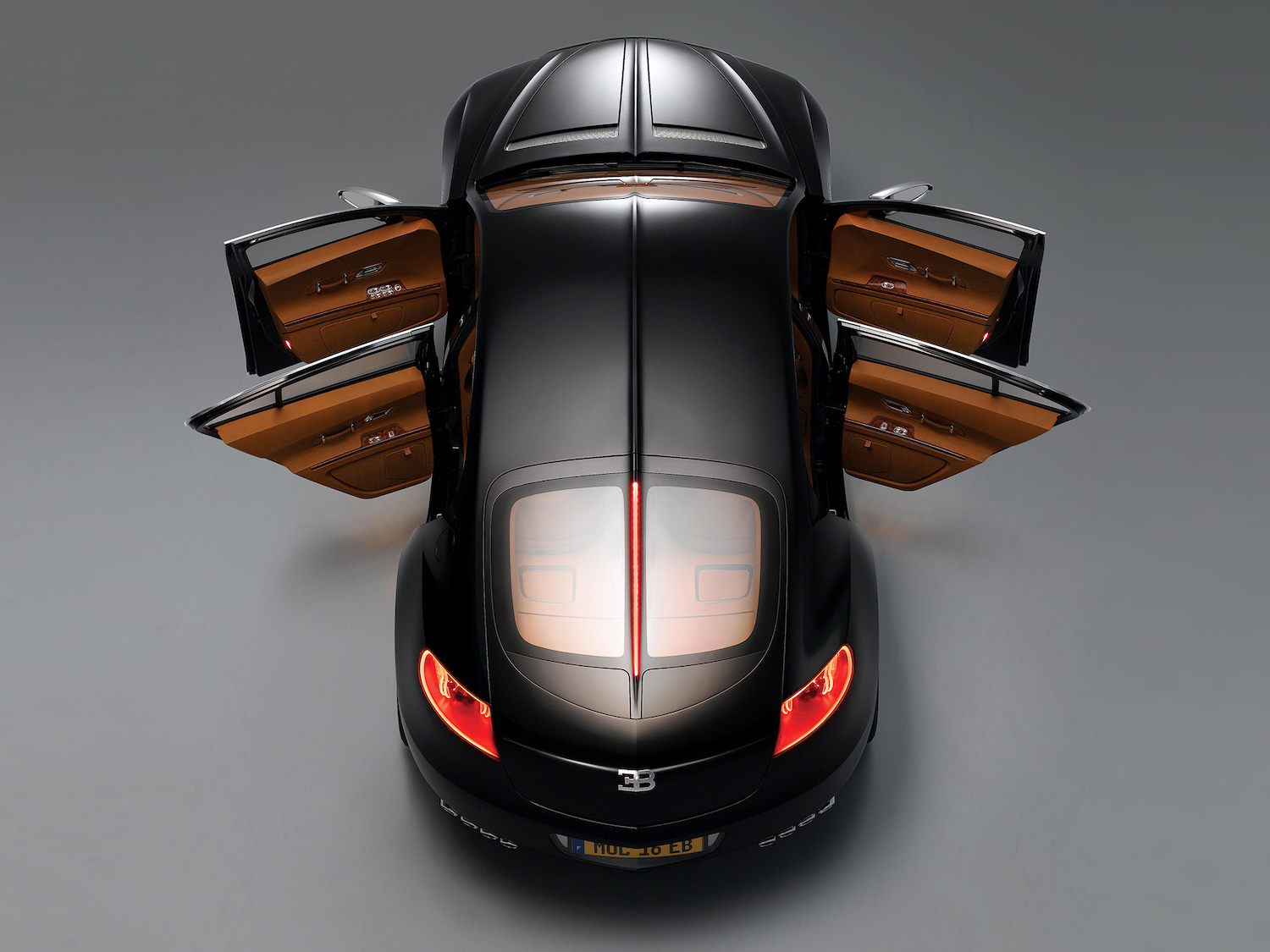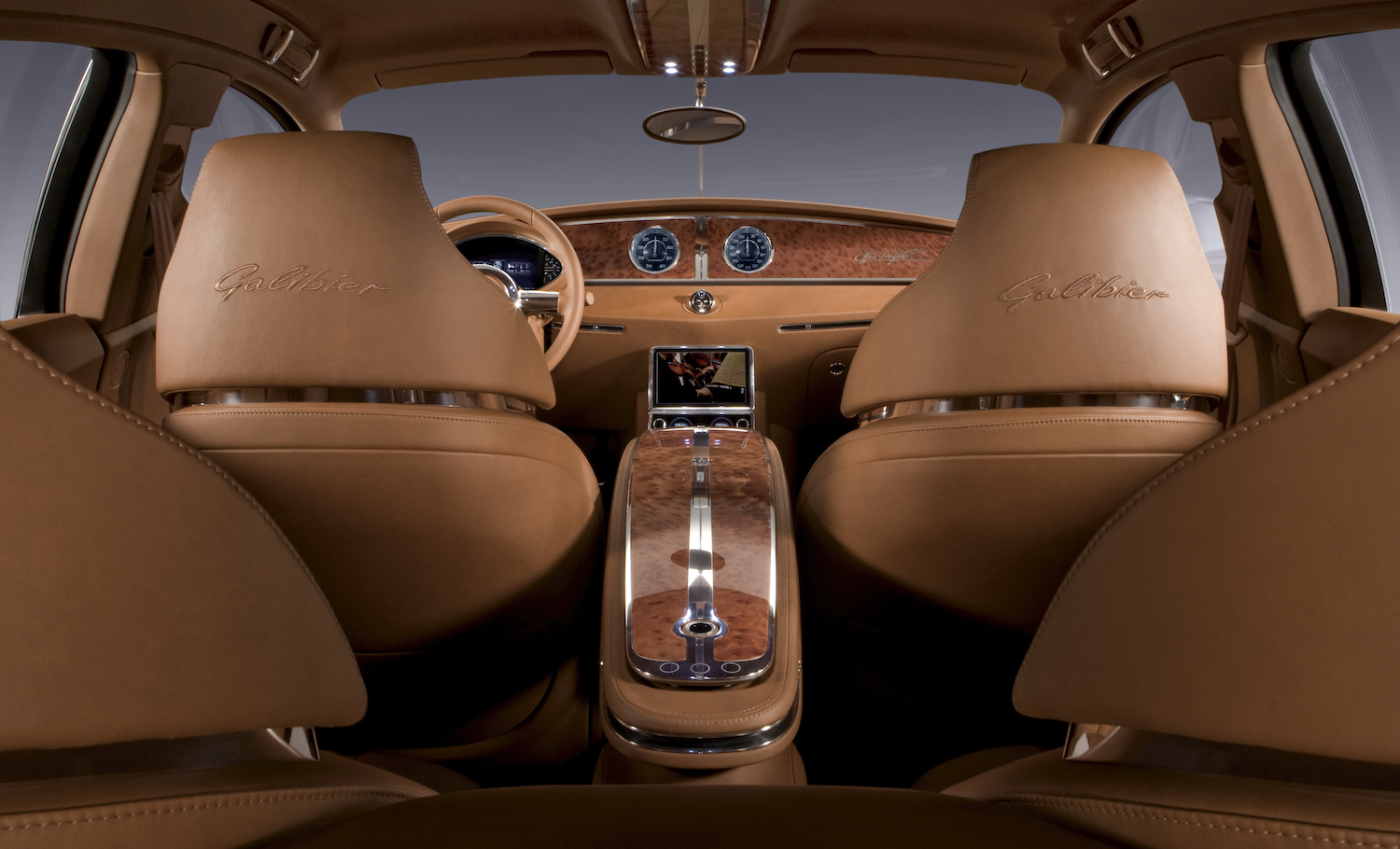The secret history of Bugatti’s ill-fated four-door, whose failure birthed the Chiron
The countless rumors, reports, and leaks were accurate: Bugatti very nearly built the 16C Galibier concept that it unveiled privately in 2009 at its headquarters in Molsheim, France. While the super-sedan was eventually canceled before production, what’s been said so far only scrapes the surface of its fate and how its swift demise spawned the speed-record-breaking Chiron and its derivatives.
“It was not originally the plan to make Bugatti a two-product brand. It was planned to phase out the Veyron after building 450 cars and come in with the Galibier,” remembered Achim Anscheidt, the company’s chief stylist, as we walked into its design center. “That didn’t happen.”
The 16C Galibier (pictured) put a modern spin on Bugatti’s illustrious sedans, like the stately Royale it made seven examples of between 1927 and 1933. While its front end shared a handful of key styling cues with the Veyron, it received a long hood line and a fastback-like roof line that would undoubtedly attract the contentious “four-door coupe” label in 2020. Power came from a front-mounted, 8.0-liter W-16 derived from the Veyron’s engine but twin-supercharged (instead of quad-turbocharged) to over 1000 horsepower, or more than 250 hp per seat. Can you say that about your Rolls-Royce Phantom?
The head-turning design study presented in Molsheim and later pushed onto the auto show circuit wasn’t ostentatiously futuristic; it looked nearly ready for production. The 16C Galibier was also relatively well received by the public and the press. And yet, Bugatti’s higher-ups instructed Anscheidt and his team to make several far-reaching visual modifications to the car after interpreting the feedback gathered at customer clinics held around the world. That’s when Bugatti’s grandiose plans for a super-sedan began to derail.
While the concept boasted alluring proportions imbued with a sense of power and elegance, as its unveiling date neared the model changed course dramatically in the name of practicality. It grew almost six inches in height and picked up an astonishing 60 inches in length. It even ended up with a small, notchback-like trunk due to anticipated demand from buyers in the ever-important Chinese market. The Galibier’s curvaceous silhouette and its heritage-laced visual ties to the Type 57 Atlantic vanished.
“The company tried to reimagine the Galibier project as an automotive jack of all trades, and it ended up sacrificing grace and the proportional commitment to the original idea,” Anscheidt explained. “The ill-fated demand for an uber-Rolls-Royce Phantom with even more luxury and greater comfort in a package that could nonetheless take a corner with aplomb and cruise at 250 mph was bound to fail. The show car’s original focus of making a sporty, elegantly-tailored sedan got lost in the patchwork of overly ambitious and conflicting Excel sheet demands. Viewed from the side, the car looked like a dachshund. From the back, it was like looking at a bowler hat on wheels,” he candidly added.
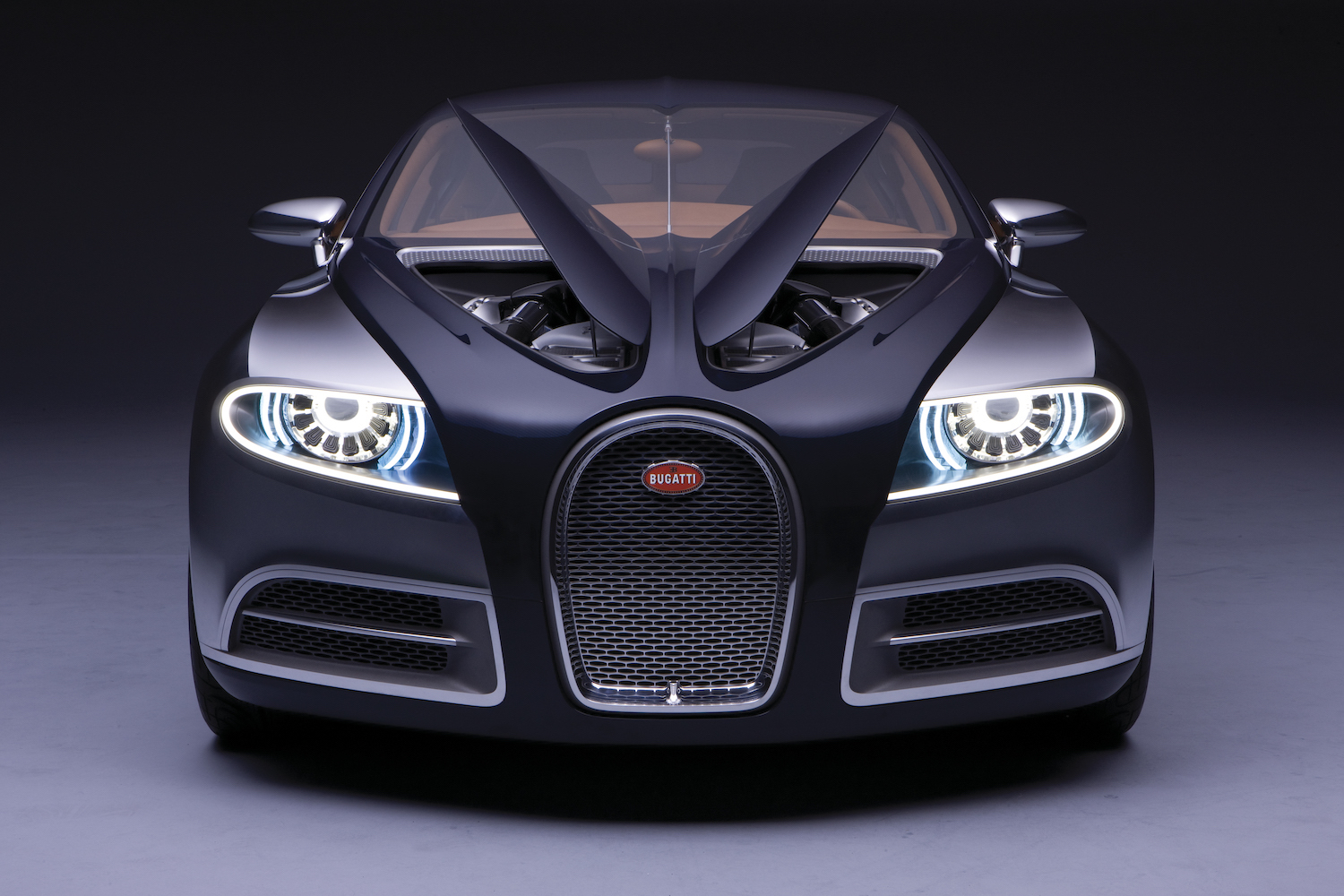
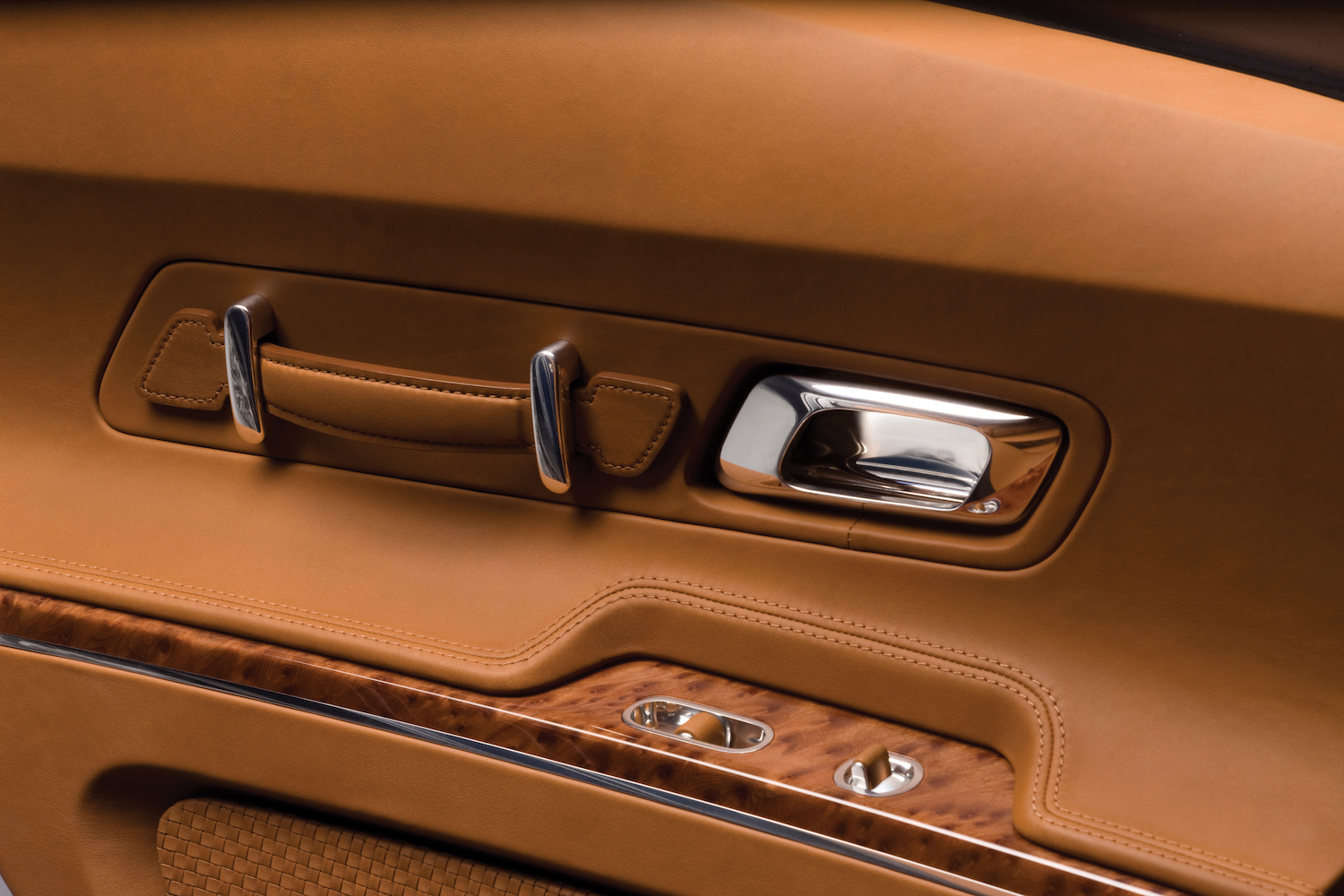
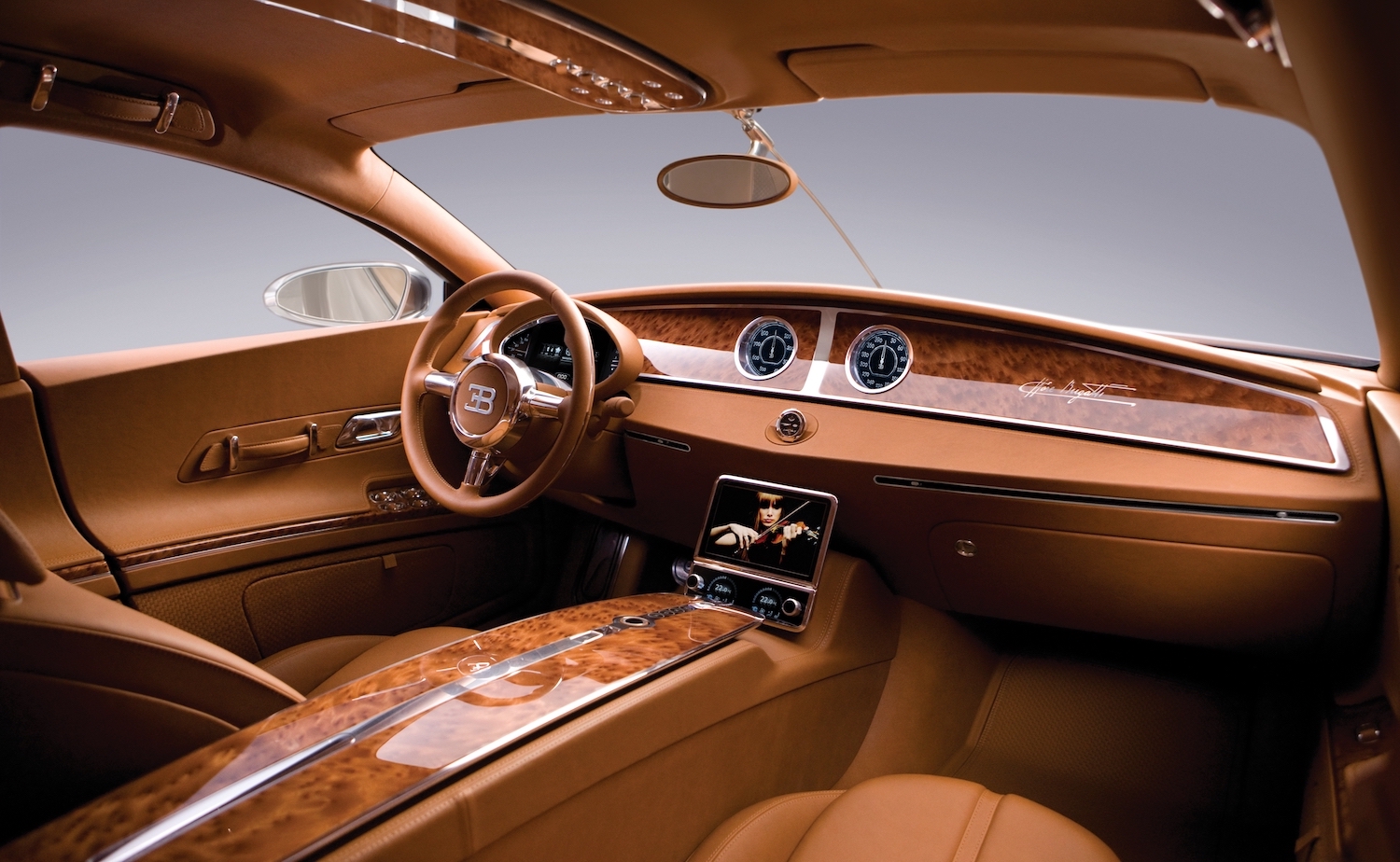


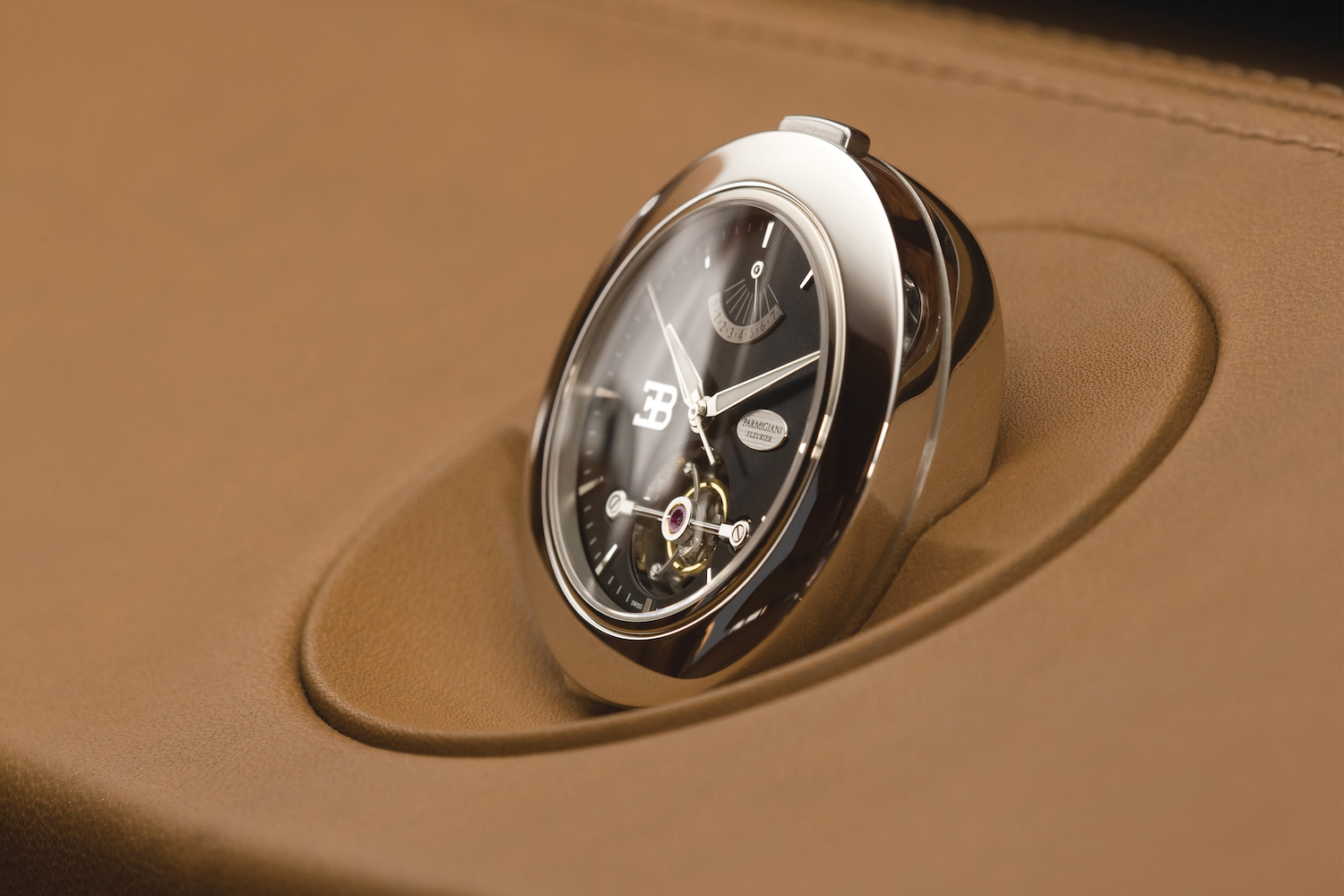
The Galibier’s future crumbled on May 10, 2012. On that day, a certain rather powerful and influential gentleman from Salzburg, Austria, paid a visit to Bugatti. Comparing the sleek, desirable proportions of the 2009 concept to the awkwardly-shaped monstrosity it had morphed into made him grind his teeth in anger. The Galibier died there and then, costing Bugatti a year and a half’s worth of precious development time.
The sound of its death knell threatened to leave Bugatti in the lurch, without a car. The company couldn’t extend the Veyron’s life cycle because it had already announced plans to cap production at 450 units and priced each one accordingly. Filling the gap at the last minute by resorting to blatant badge-engineering wasn’t an option, either. Not a glittering situation for a brand that had already shut down twice.
The big sedan’s consignment to the pantheon of automotive history wasn’t entirely unexpected, however. As the Galibier gradually became a Swiss army knife, Anscheidt and Walter de Silva, the former head of Volkswagen Group design, shared an increasingly sense of alarm that the project would get deep-sixed altogether. With de Silva’s backing, the team put plan B into motion in the summer of 2011 and began developing a direct successor to the Veyron. It was secretly created deep inside the design department.
On the day executives canceled the Galibier, the new model was hidden under a cover not far from the meeting room. The sedan was pushed out of the product plan, so discussions about how to keep Bugatti’s momentum going in the post-Veyron era quickly ensued. That’s when the mid-engined two-seater popped up like a jack-in-the-box. The Galibier was dead; long live the Chiron.
Fast forward to 2020, and the Galibier is off the table for good. The idea of releasing a four-seater model is far from forgotten within Bugatti, though, and the heritage is certainly there to bolster it.
“It fits the brand for so many reasons. And, even if we were to position a second model at a lower price-point than the Chiron to make more units, we would never forget the exclusivity, the luxury, and the performance that is inherent in every Bugatti. The brand always needs to be positioned at the tip of the automotive industry. That’s where we belong,” company spokesman Tim Bravo said.
Never say never.
